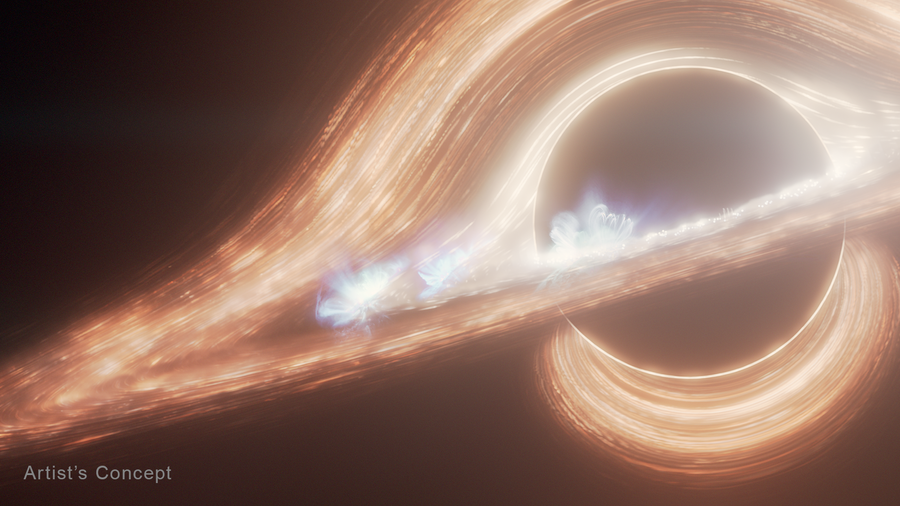Could We Create a Mini Black Hole in a Lab?
The very word black hole evokes awe—a region of space so dense that not even light can escape. Born from collapsed stars, these cosmic beasts warp space and time itself. But what if we didn’t need a dying star to create one? What if scientists could recreate a mini black hole in a laboratory? It sounds like science fiction, but it’s a real scientific question being asked at the bleeding edge of theoretical physics. Could we do it? Should we? Let’s explore.
1. What Is a Black Hole—Really?
A black hole forms when matter collapses under its own gravity into an incredibly dense point, called a singularity.
-
The boundary beyond which nothing escapes is the event horizon.
-
Most black holes in space are formed by collapsing massive stars—but theoretically, any mass compressed small enough becomes a black hole.
-
A mini or micro black hole would be subatomic in size, yet still have gravitational effects.
2. Could Particle Colliders Make One?
-
The Large Hadron Collider (LHC) is the world’s most powerful particle accelerator, smashing protons together at near-light speeds.
-
Some theories suggest that these high-energy collisions could generate enough energy density to create tiny, short-lived black holes, especially if extra dimensions exist (as proposed by string theory).
-
These hypothetical micro black holes would evaporate almost instantly via Hawking radiation, posing no threat.
-
So far, none have been observed—but the possibility keeps theorists intrigued.
3. Why Create One? The Scientific Payoff
-
If we could create a mini black hole, it would allow us to test the unification of general relativity and quantum mechanics—the holy grail of physics.
-
It could offer clues to dark matter, extra dimensions, and even the structure of space-time foam at the Planck scale.
-
It might provide experimental validation of Stephen Hawking’s black hole radiation theory.
-
In short, it could open doors to an entirely new physics.
4. Is It Dangerous? A Misguided Fear
-
Popular culture has spread the myth that a lab-made black hole could consume the Earth.
-
But physics tells us otherwise—such a black hole would be smaller than an atom and evaporate in a tiny fraction of a second.
-
It wouldn’t have the gravitational pull to trap even nearby atoms, let alone continents.
-
Leading physicists and safety panels have reviewed these risks and confirmed their impossibility.
5. The Quantum Edge: Not If, But When?
-
Creating black holes in labs might be impossible with current technology, but future advances in quantum gravity or high-energy accelerators could change that.
-
Some theories even suggest black holes might be formed from extreme energy fluctuations in the vacuum—a concept known as black hole analogs.
-
Scientists are already simulating "event horizons" in labs using fluid dynamics, laser optics, and Bose-Einstein condensates.
Conclusion:
While we can’t yet forge a true black hole in a lab, the pursuit pushes science to its philosophical and technological limits. It’s not just about compressing matter—it's about understanding the universe’s deepest rules. Someday, a mini black hole may flicker into existence under our watch—not to destroy us, but to show us the very code of reality itself.


Comments
Post a Comment
Please comment on this blog-